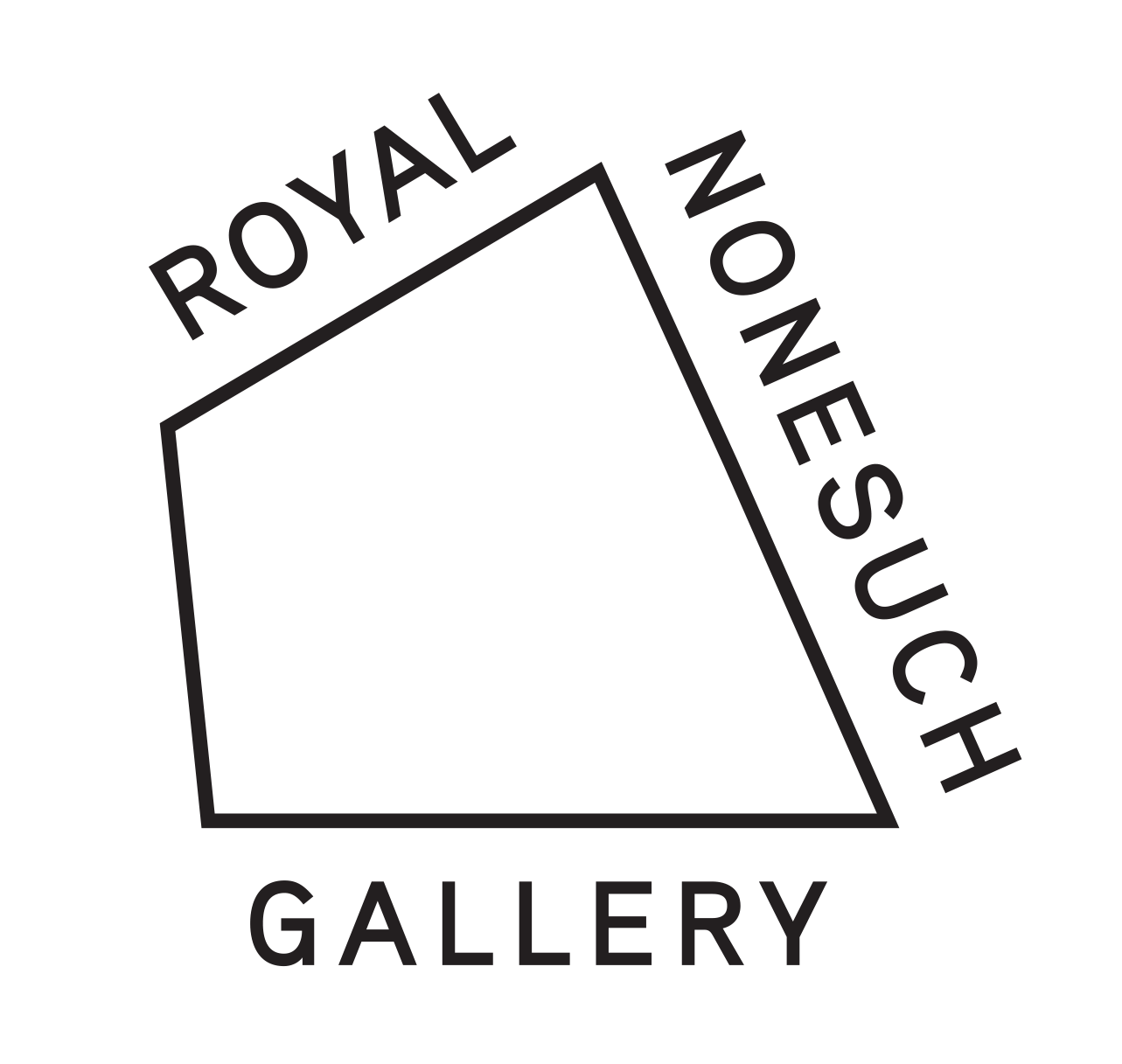Faces & Vases
Work by Catherine Fairbanks, Sahar Khoury, Kate Klingbeil, Rainen Knecht, Cammie Staros, Paula J Wilson
March 11 - April 17, 2016
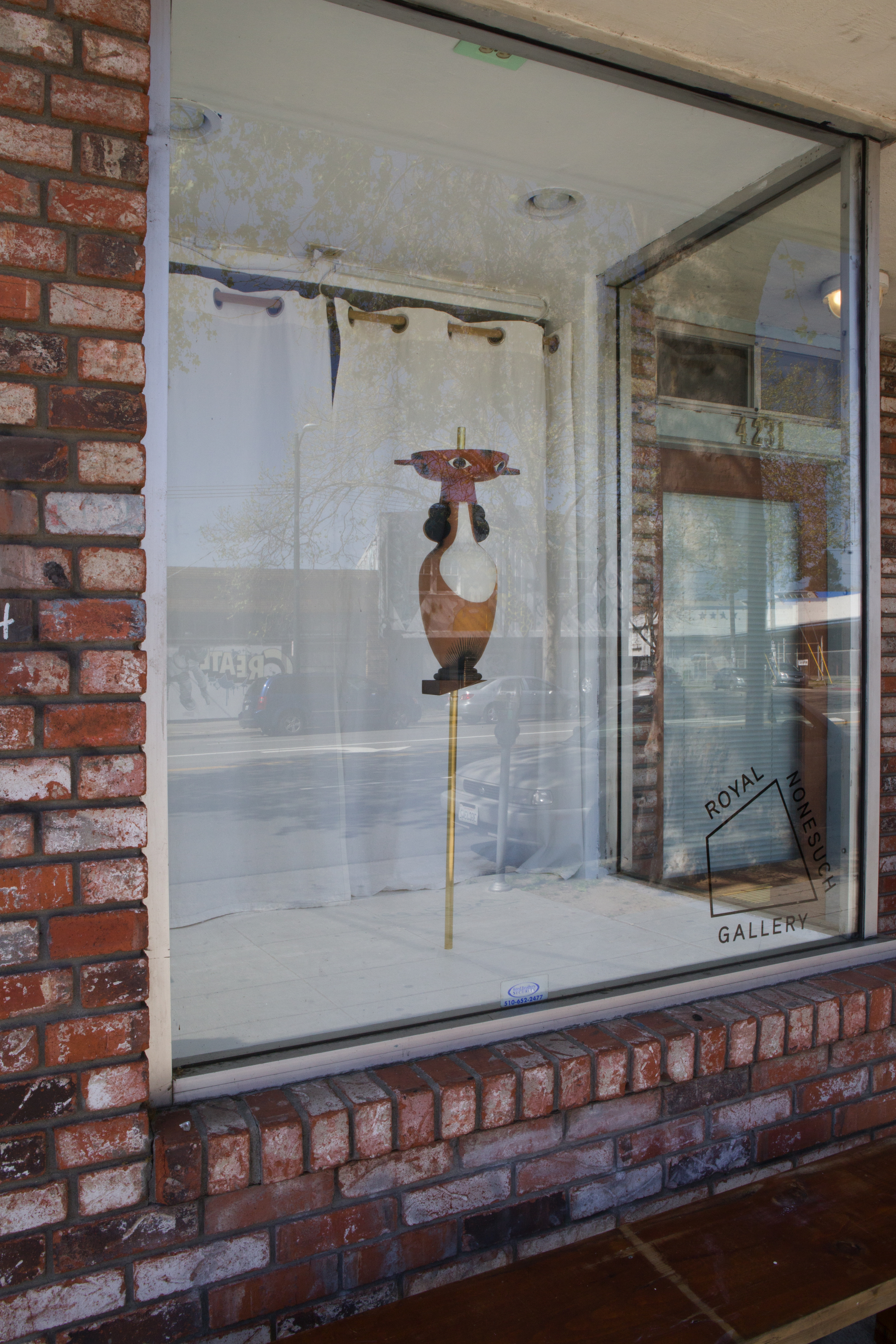



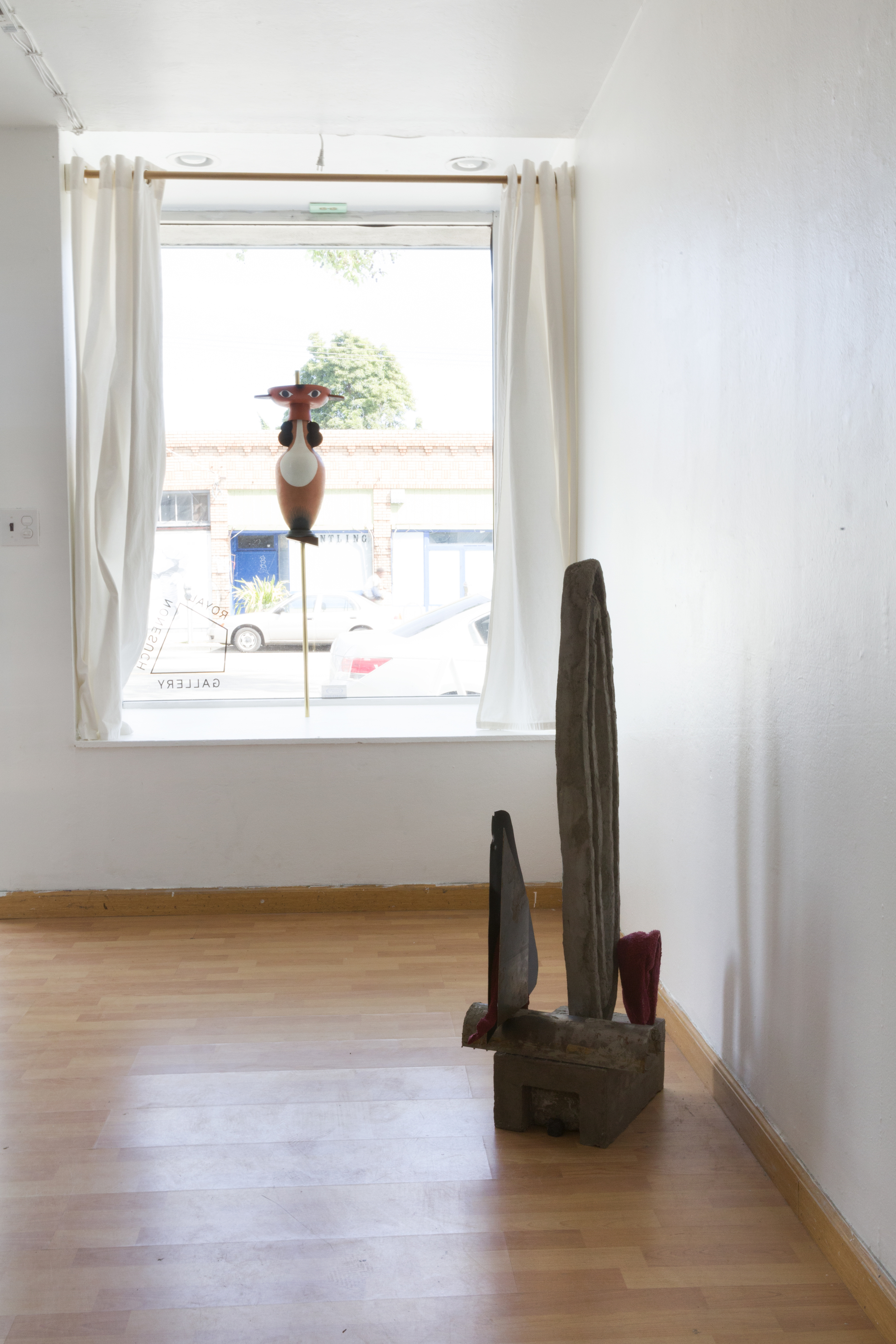
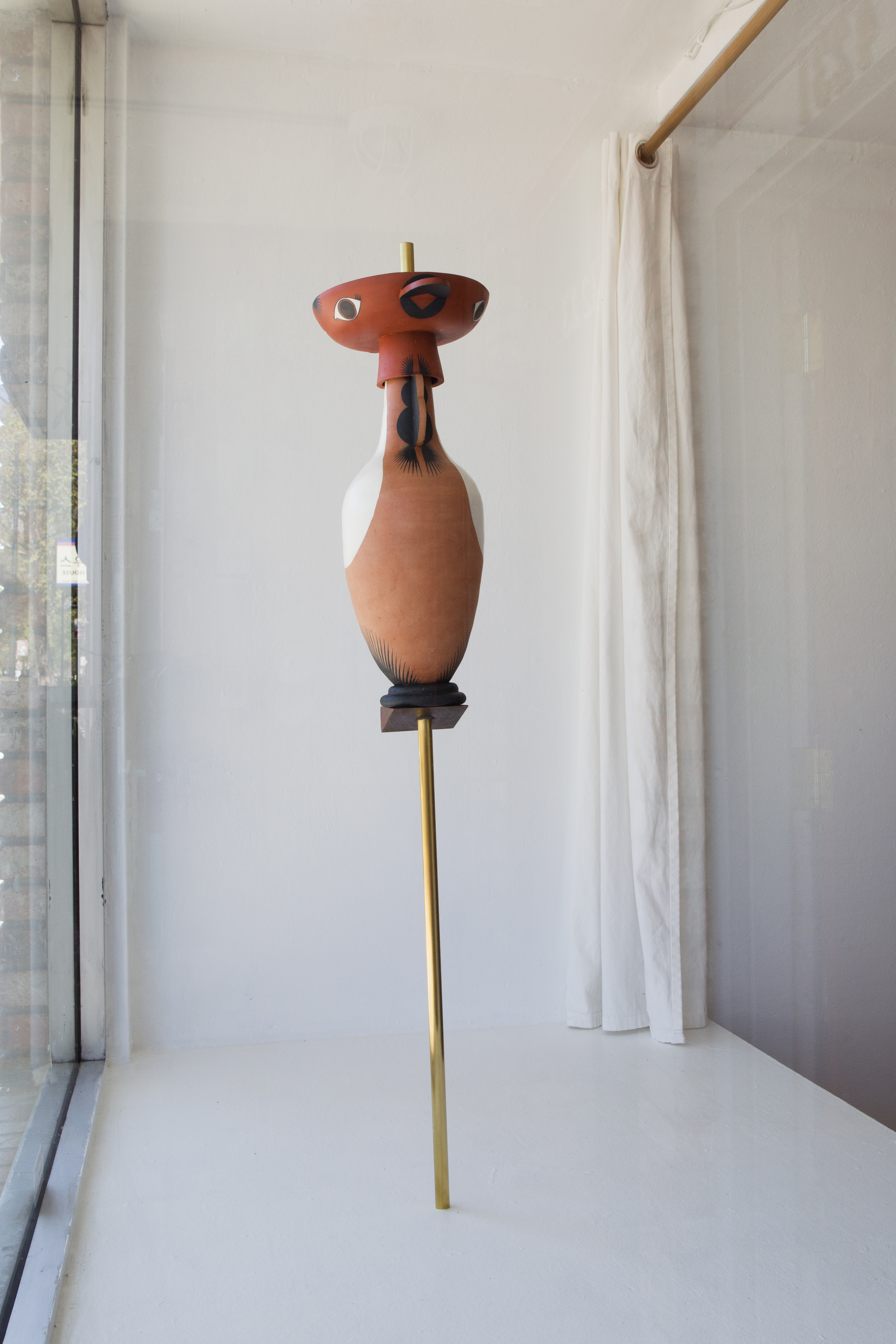


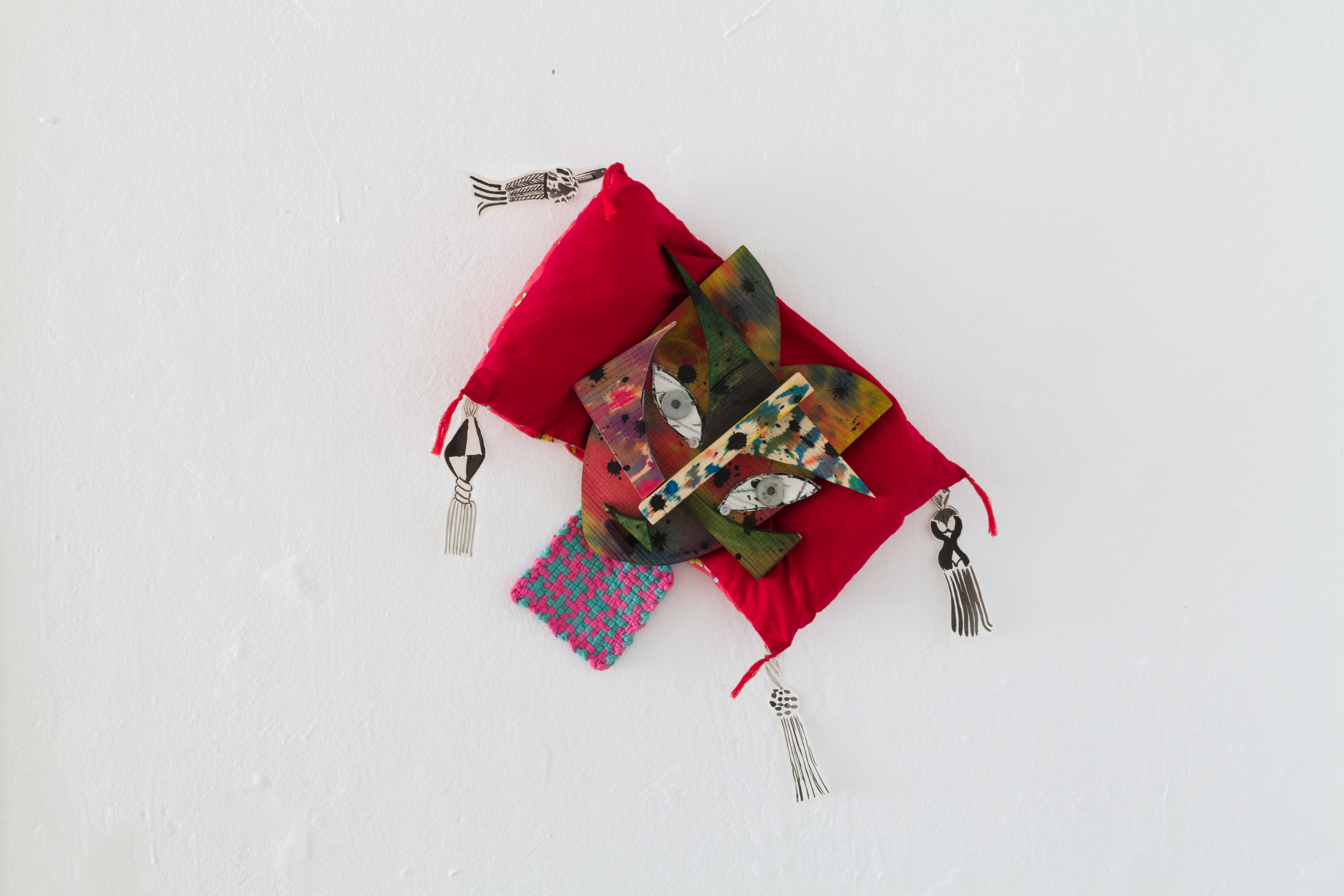
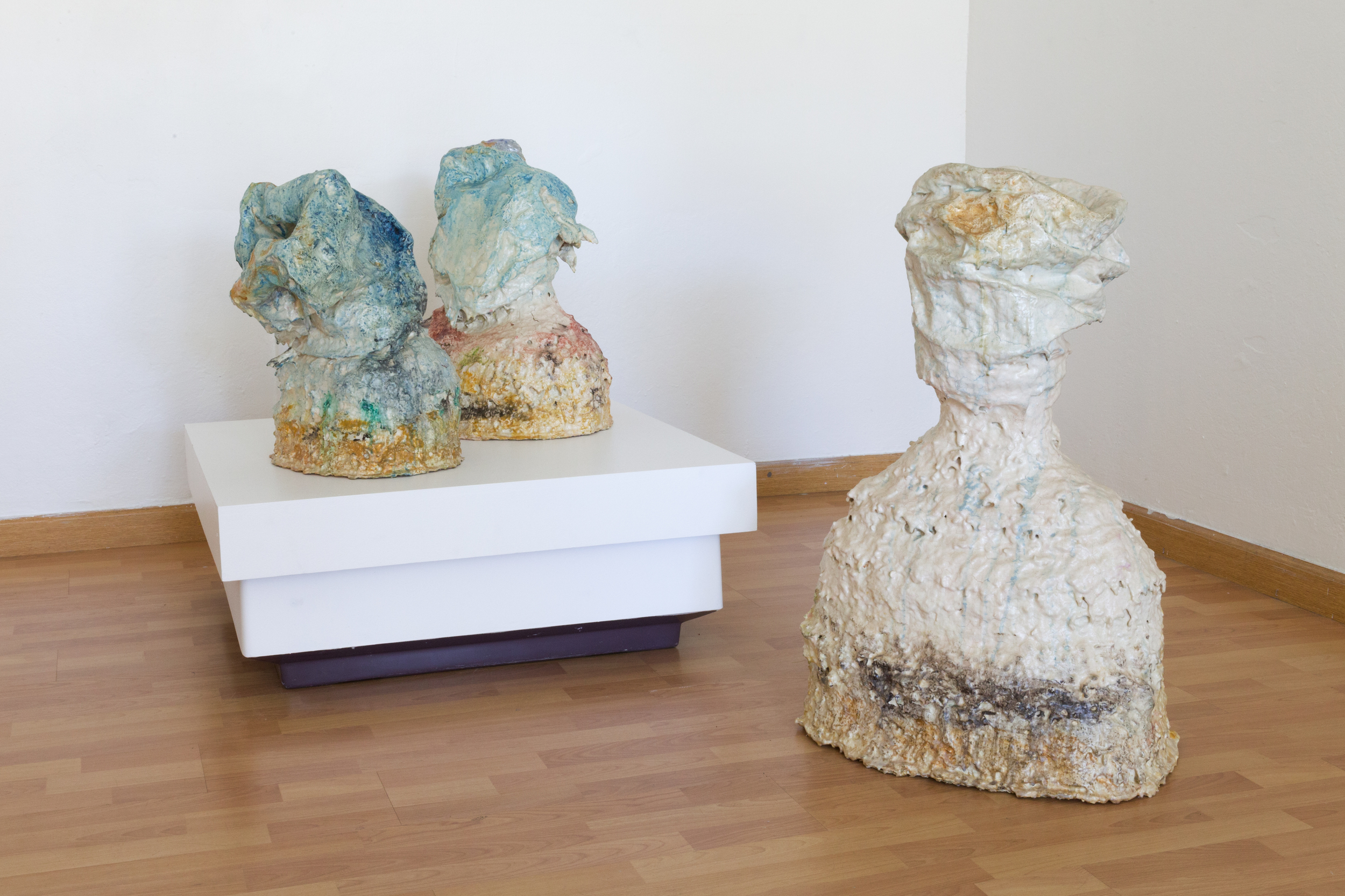
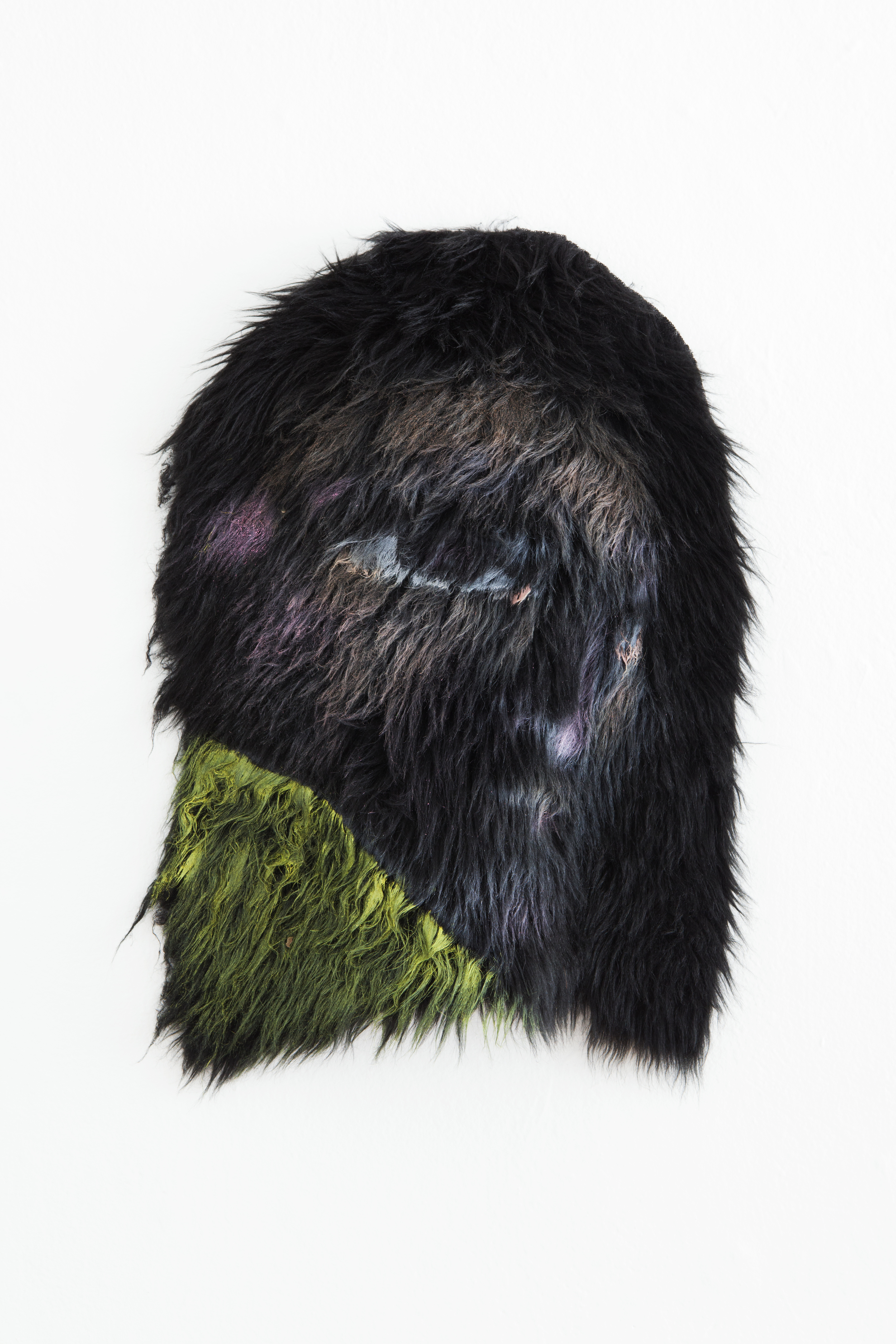
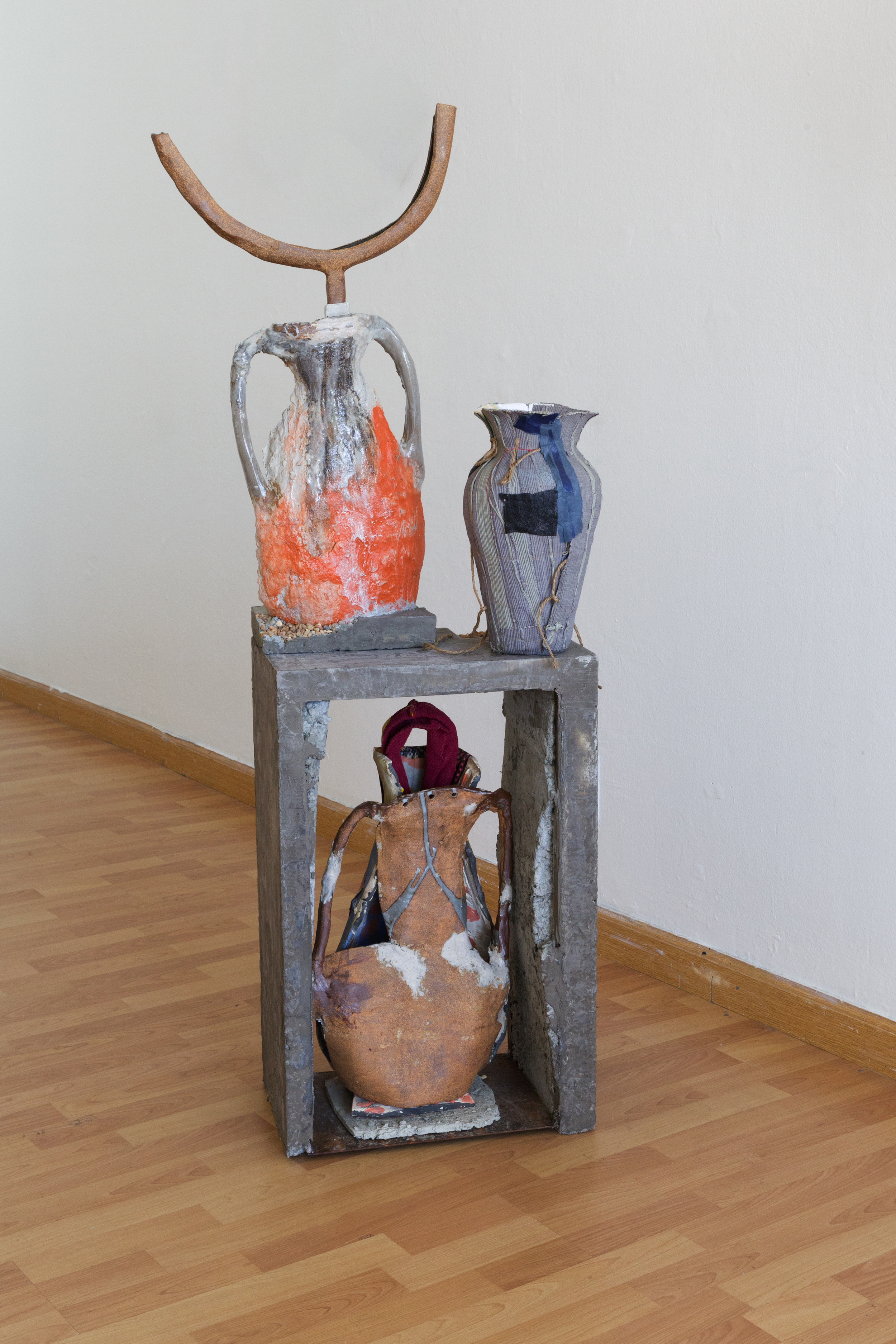

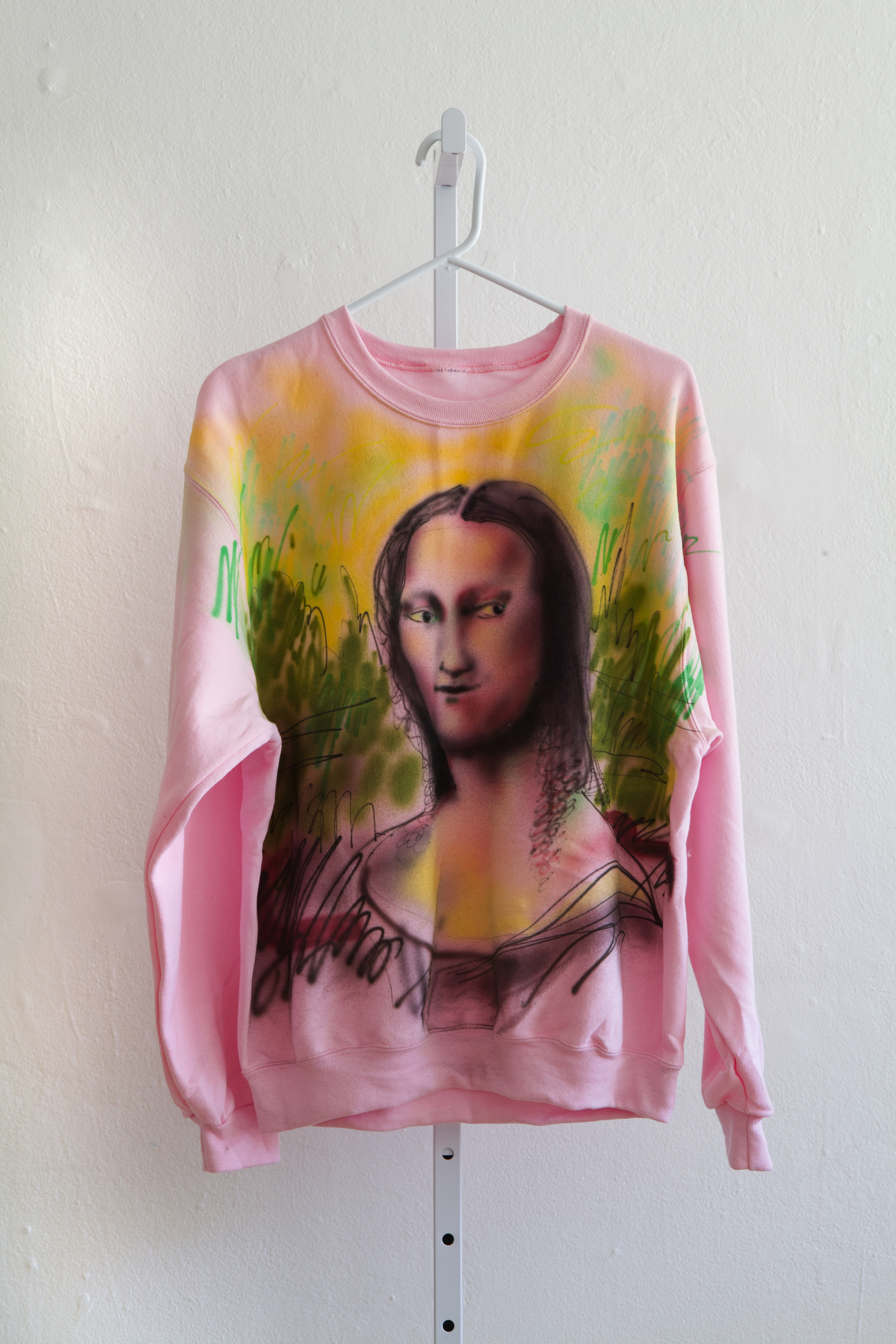
Exhibition Dates: March 11 - April 17, 2016
Opening Reception: March 11, 7:00 – 10:00pm
Gallery Walk-Through: April 16, 3:00 – 5:00pm
Gallery Hours: Saturday and Sunday 1-4pm
Participating Artists:
Catherine Fairbanks (Los Angeles, CA)
Sahar Khoury (Oakland, CA)
Kate Klingbeil (Oakland, CA)
Rainen Knecht (Portland, OR)
Cammie Staros (Los Angeles, CA)
Paula J Wilson (Carrizozo, NM)
Faces & Vases is a group exhibition of artists working in ceramics, mixed media and video to explore the canonical roles that vases and busts have played in art history. The artists examine the role of craft and storytelling through these forms, as well as issues of agency and identity within the larger culture.
Catherine Fairbanks’ trio of papier-mâché busts mimic ceramics in their materiality. Historically busts served to document important figures in enduring materials like marble or ceramic, representing the timelessness of the subject’s legacy. With Fairbanks’ addition of unstable materials and her use of abstraction to create more pared down forms, the ‘usefulness’ of the bust is replaced with more contemplative look at ephemerality, aging, and representation.
Sahar Khoury’s ceramic, steel, and papier-mâché constructions are inspired by the shape of vases, but often do not become fully realized as vessels. Historical vases represent some of the highest forms of art and antiquity in art institutions, but the contemporary vase is an accessible, and often disposable, utilitarian object––easily obtained from thrift stores, dollar stores, or included for free with a delivery of flowers. Khoury often begins her sculpture with the form of these mass-produced objects, using a combination of traditional mediums and manipulated found materials to explore the range of high and low associations.
Kate Klingbeil presents two works that challenge the framework of traditional portraiture. The first, a pink sweatshirt with an airbrushed rendition of the Mona Lisa, part of a series of master copies airbrushed onto t-shirts and sweatshirts, often given out to friends. Expanding the notion of a vessel, the work explores clothing’s relationship to identity and the historical precedent of male artists’ objectification of women. Adding additional complexity to this issue is the controversy around the original Mona Lisa- that it was a portrait of the artist, Leonardo da Vinci in drag.
The second of Klingbeil’s works, an airbrush portrait on faux fur fabric, Burner, hearkens back to pre-civilized man. Its blurry rendering offers a ghostly portrayal of our baser instincts that lie just beneath the surface in a civilized world. The title, a nickname given to participants of Burning Man, is a nod to the festival’s cultural affinity for faux fur accessories and the typical Burner’s desire to be freed of societal norms - an attempt to get back to our ‘true’ human nature.
With a new work in her series of wooden masks, Rainen Knecht explores interior dramas––a remembered cast of female archetypes and the primordial need to seek out faces where there are none. The results are clunky and expressive, they are not all that friendly and they definitely should not be. They are close talking, butt scratching, loud laughing, interrupting, no nonsense, blotchy- sun burned assholes.
Cammie Staros combines tropes of modernism with Greek antiquities to create familiar but beguiling forms. She begins her vessels with coils and slabs rather than the potter’s wheel, connecting them to ancient amphoras through process as well as shape. Her sculptures meet the gaze of their viewers with unblinking eyes. In so doing, they call attention to the ways in which art and bodies are the subject or object of the gaze. By indulging the impulse to anthropomorphize objects and looking at the historical uses of metaphorical and depictive figuration, Staros attempts to understand and bring attention to the ways our corporeal experience affects communication.
Paula J Wilson's video Salty & Fresh was shot on Virginia Key, a once colored-only beach established in 1945 in Miami, FL. The video portrays a colossal painter in the ocean with vessels bearing caryatids whose painted behinds tell the story of an unfolding creation myth. The video’s narrative is a cross-pollination of imagination and history; a mythologized humanism that defies the boundaries separating Greco-Roman amphorae and the United States’ history of segregation
